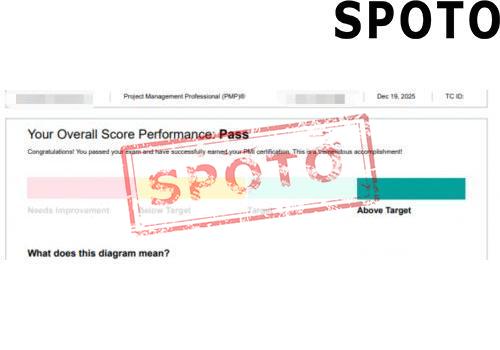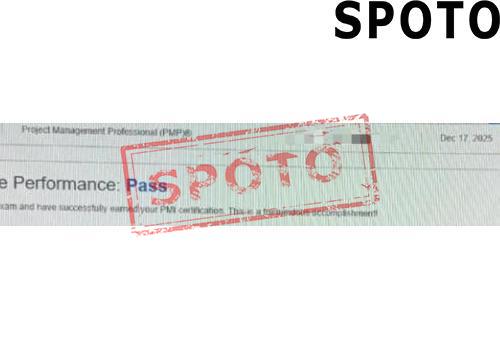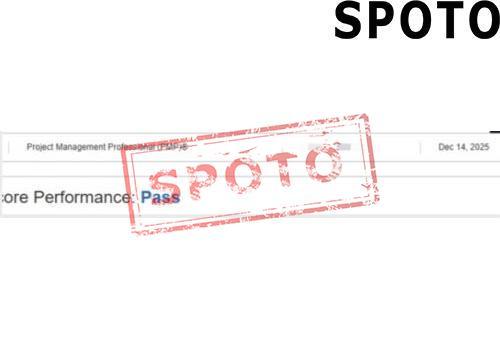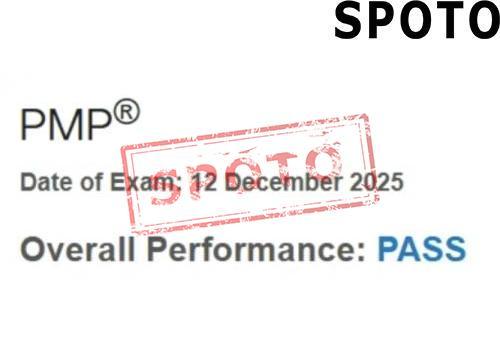
Table of Contents
- What Is Rolling Wave Planning?
- Why Use Rolling Wave Planning in Project Management?
- How Rolling Wave Planning Works
- Rolling Wave Planning Example
- When to Use Rolling Wave Planning
- Rolling Wave Planning vs Traditional Planning
- Is Rolling Wave Planning in the PMP Exam?
- Best Practices for Rolling Wave Planning
- Final Thoughts
- Get Certified with SPOTO
Rolling Wave Planning is a powerful project management technique that balances long-term vision with short-term clarity. If you've ever struggled with estimating tasks far into the future or adapting plans to changing requirements, this method could be a game-changer.
In this guide, we'll break down what rolling wave planning is, how it works, when to use it, and how to apply it to your projects for better control and flexibility.
What Is Rolling Wave Planning?
Rolling Wave Planning is a progressive elaboration technique used in project management. It involves planning work in waves — planning near-term tasks in detail while leaving future tasks at a high level until the project progresses.
In simple terms:
You plan what you know now and refine future work as more information becomes available.
It's especially useful in projects with uncertainty, evolving requirements, or long durations, where it's unrealistic to fully define all deliverables from the start.
Why Use Rolling Wave Planning in Project Management?
Rolling wave planning is ideal when:
-
Project scope is clear, but detailed activities are not
-
Stakeholders or clients may change requirements mid-project
-
Teams work in agile, hybrid, or iterative project environments
-
Projects have high complexity or rapid technological changes
Key Benefits:
-
Improves adaptability and flexibility
-
Enhances focus on immediate tasks
-
Reduces planning time and resource waste
-
Helps manage uncertainty more effectively
How Rolling Wave Planning Works
1. Plan Near-Term Work in Detail
-
Create detailed WBS (Work Breakdown Structures), schedules, and resource allocations for tasks in the next sprint, phase, or milestone.
-
Assign specific deadlines, owners, and cost estimates.
2. Keep Future Work at a High Level
-
Outline future deliverables broadly (epics, phases, or milestones).
-
Use placeholders until enough information is available to define the work more precisely.
3. Continuously Update Plans
-
As the project progresses, revisit and refine the high-level tasks in waves.
-
Transition tasks from high-level to detailed as clarity improves.
Rolling Wave Planning Example
Imagine a 12-month software development project:
-
Month 1–2: UI/UX design and backend infrastructure planned in full detail.
-
Months 3–6: Outlined with rough estimates and feature targets.
-
Months 7–12: Only high-level goals set (e.g., "final release planning").
As the team completes design and backend setup, they gather feedback and revise the plans for development and testing accordingly.
When to Use Rolling Wave Planning
| Situation | Is Rolling Wave Planning Suitable? |
|---|---|
| Agile/Hybrid Projects | ✅ Yes |
| Long-Term Projects | ✅ Yes |
| High Scope Uncertainty | ✅ Yes |
| Fixed Requirements/Scope | ❌ No |
| Short-Term Projects | ❌ Not ideal |
Rolling Wave Planning vs Traditional Planning
| Aspect | Rolling Wave Planning | Traditional Planning |
|---|---|---|
| Detail Level | Near-term only | Full project upfront |
| Flexibility | High | Low |
| Adaptability | High | Low |
| Risk of Rework | Lower | Higher |
| Common in | Agile, Hybrid | Waterfall |
Is Rolling Wave Planning in the PMP Exam?
Yes. Rolling Wave Planning is listed under the PMBOK® Guide and the PMP exam content outline as a technique related to progressive elaboration and scope management. You should understand:
-
How to apply it during the planning process
-
How it supports iterative project planning
-
Its value in uncertain or dynamic projects
Best Practices for Rolling Wave Planning
-
Communicate often: Stakeholders should know that some parts of the plan will evolve.
-
Use tools that support iteration: Agile boards, Gantt charts with dependencies, and backlog tools.
-
Review regularly: At each milestone or iteration, revisit and detail future phases.
-
Balance flexibility and control: Avoid under-planning or overreacting to changes.
Final Thoughts
Rolling wave planning is an essential project management technique that brings structure to uncertainty. Whether you're managing a complex software rollout or an infrastructure upgrade, this approach allows you to focus on what's important now while preparing for what's ahead.
It’s a strategic tool used by PMP-certified professionals, Scrum teams, and project leads across industries.
If you're preparing for your PMP exam, understanding rolling wave planning and when to apply it can give you an edge — both in the test and in real-world projects.
Get Certified with SPOTO
Looking to sharpen your project management skills and pass the PMP exam on your first try?
👉 Enroll in SPOTO's PMP Exam Training Course










